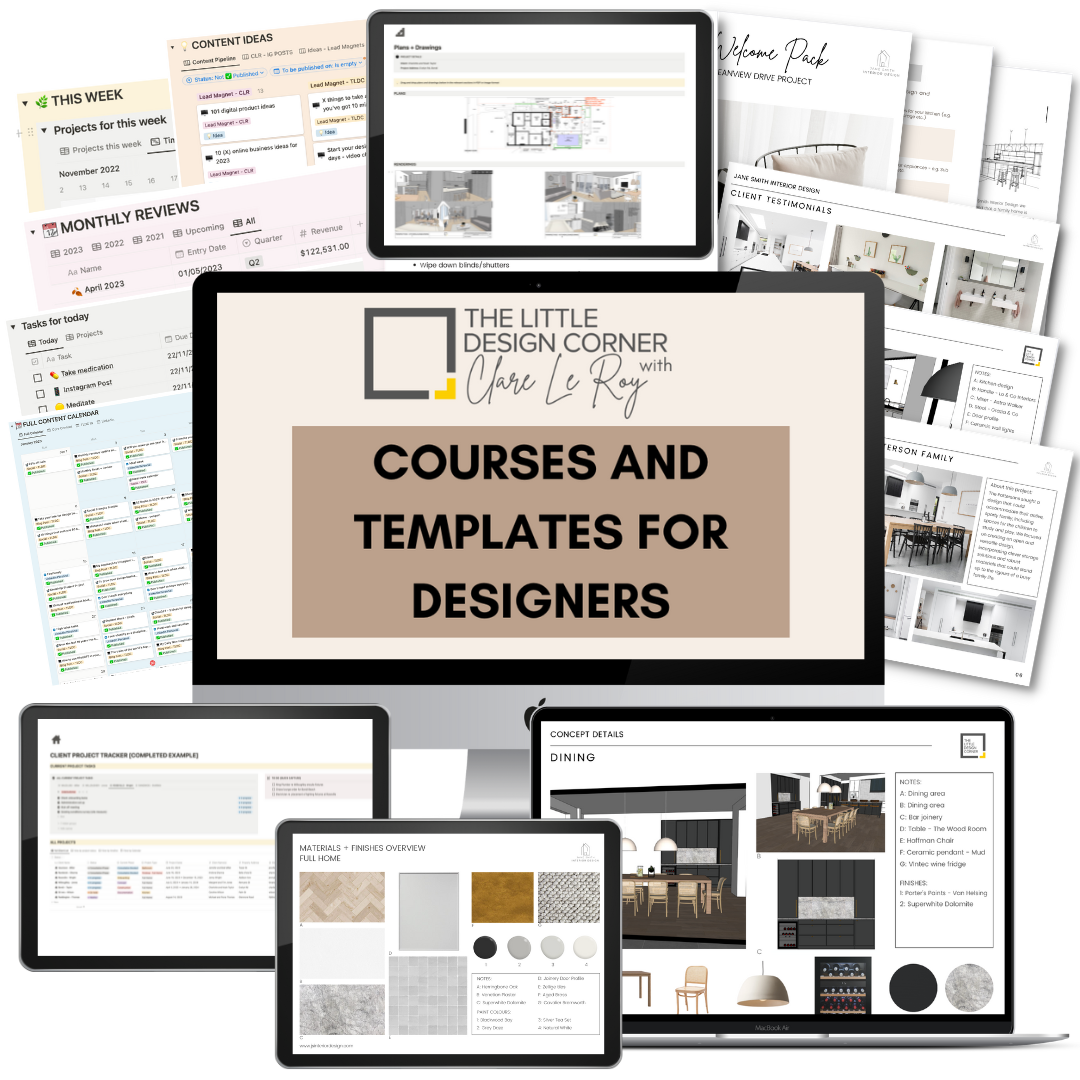How to write better email newsletters (consistent 50%+ open rate)
Every week I send an email newsletter to 65,000 people and it consistently gets an open rate of over 50%.
To put that into perspective, the industry standard open rate is around 20%, so hitting above 50% means I’ve figured out a thing or two about how to get people to open, read and engage with email newsletters.
And that’s exactly what this post is about - how to write a newsletter that people actually look forward to receiving.
If you’ve ever wondered why some emails sit unread in inboxes while others get opened the second they arrive then keep reading. I’m breaking down the 10 key strategies that have helped me build a highly engaged email list and by the end of this post, you’ll have a clear plan for writing a newsletter that people actually want to open and read.
1: Choose a Clear Topic
This might sound obvious, but having a clear and specific focus is the foundation of a successful newsletter.
You don’t want to be writing about random topics every week because that makes it hard for people to understand what value they’re getting from being on your list. Your goal should be to solve a specific problem for your audience in a way that keeps them coming back for more.
Before you start (or revamp) your newsletter, ask yourself:
What is the main topic I will focus on?
What problems does my audience have that I can help them solve?
How will I make sure the content stays consistent and valuable over time?
2. Publish on a Set Schedule
Send your newsletter on the same day and time each week so your audience starts to expect it as part of their routine.
I send my newsletter every Friday at 2 PM Sydney time and I rarely miss that deadline.
How well does this work? If I’m even a few hours late, I get emails from my community asking where the newsletter is. That’s exactly the level of engagement you want - people actively waiting for your emails because they know they’ll find value inside.
To build this level of consistency:
Choose a specific day and time and stick to it
Set a reminder or schedule your emails in advance
Train your audience to expect your newsletter every week
3. Use a Framework to Make Writing Easier
One of the biggest reasons people struggle with newsletters is that they sit down to write with a blank page in front of them. That’s where having a framework makes everything easier.
For my newsletter, I use a “Five Notes” structure:
Five quick insights, tools or ideas related to design, business and marketing
This framework makes writing faster and more efficient because I already know what each newsletter will look like before I start.
If you’re struggling with consistency, try setting up a repeatable framework that you can follow every time.
4. Create a Template to Save Time
Once you have a framework, the next step is to set up a pre-designed email template in your email platform (I use ConvertKit).
Instead of starting from scratch every week, I click one button and my template is already populated with everything except the content. This means I can write my newsletter in 30-60 minutes without wasting time formatting or rewriting the same sections.
Pro tip: Set up a pre-saved template so all you need to do is plug in the content.
5. Make It Easy to Read
Your subscribers are busy and if they open your email to find a huge wall of text, chances are they’ll close it immediately.
To make your emails skimmable and engaging:
Use bullet points (like this!)
Keep sentences short and to the point
Use emojis to add personality and break up text
Add links instead of writing long explanations
People should be able to scan your email in seconds and decide which parts they want to read in detail.
6. Capture Ideas Throughout the Week
A newsletter is so much easier to write when you’ve already gathered content throughout the week.
I always have a list of ideas ready to go because I actively save articles, podcast episodes, and insights that I find interesting. That way, when it’s time to write my newsletter, I’m not starting from scratch.
If you’re not already doing this, start keeping a running list of potential newsletter topics.
7. Make It Personal
People connect with people, not faceless brands.
In most newsletters, I share something personal - whether it’s a behind-the-scenes look at my business, something I’ve been working on or even challenges I’ve faced.
This helps build trust and deepen the connection with my audience.
Even if you have a structured format, include a personal touch so people feel like they’re hearing from a real person.
8. Encourage Engagement
One of the easiest ways to make your emails more engaging is to ask for feedback or responses.
You can:
Ask a question and invite people to reply
Run a poll about future content ideas
Encourage people to hit reply and share their thoughts
Be aware, though - as your list grows, responses can get overwhelming. I personally read and reply to all my emails, but if you get hundreds of responses, it can become a challenge.
9. Be Consistent and Show Up
If you say you’re going to send a weekly newsletter, then show up and send it - every single week.
People lose trust in brands that are inconsistent. Even if you only commit to once a month, stick to it so people know what to expect.
I even have a backup newsletter pre-written in ConvertKit so that if something comes up, I can send an evergreen issue instead of skipping a week.
10. Ask Yourself: Would I Open This?
Finally, before you hit send, ask yourself:
“Would I actually open and enjoy reading this?”
If the answer is no, rework it.
I also recommend subscribing to other newsletters and analysing:
Which ones do you love opening?
Which ones do you ignore or unsubscribe from?
What makes them engaging?
Take the best elements and apply them to your own newsletter.
Final Thoughts
Email newsletters are one of the best ways to build an audience, strengthen relationships and grow your business.
Follow these 10 strategies, and you’ll have a newsletter people actually want to open and read every week. 🚀
Also - if you want to subscribe to my newsletter you can DO THAT HERE :)
Thanks for reading and catch you in my next post :)
Clare x
Dr Clare Le Roy
Courses and Templates for Designers and Architects
DO YOU WANT TO….
Improve your professionalism?
Find more clients?
Bring in more revenue?
Create better systems and processes?
Then check out my business courses and templates for designers and architects.
These courses and templates leave you with work done - not just a long list of things you need to do next. We have a really strong focus on taking action and getting things created that improve your business.









